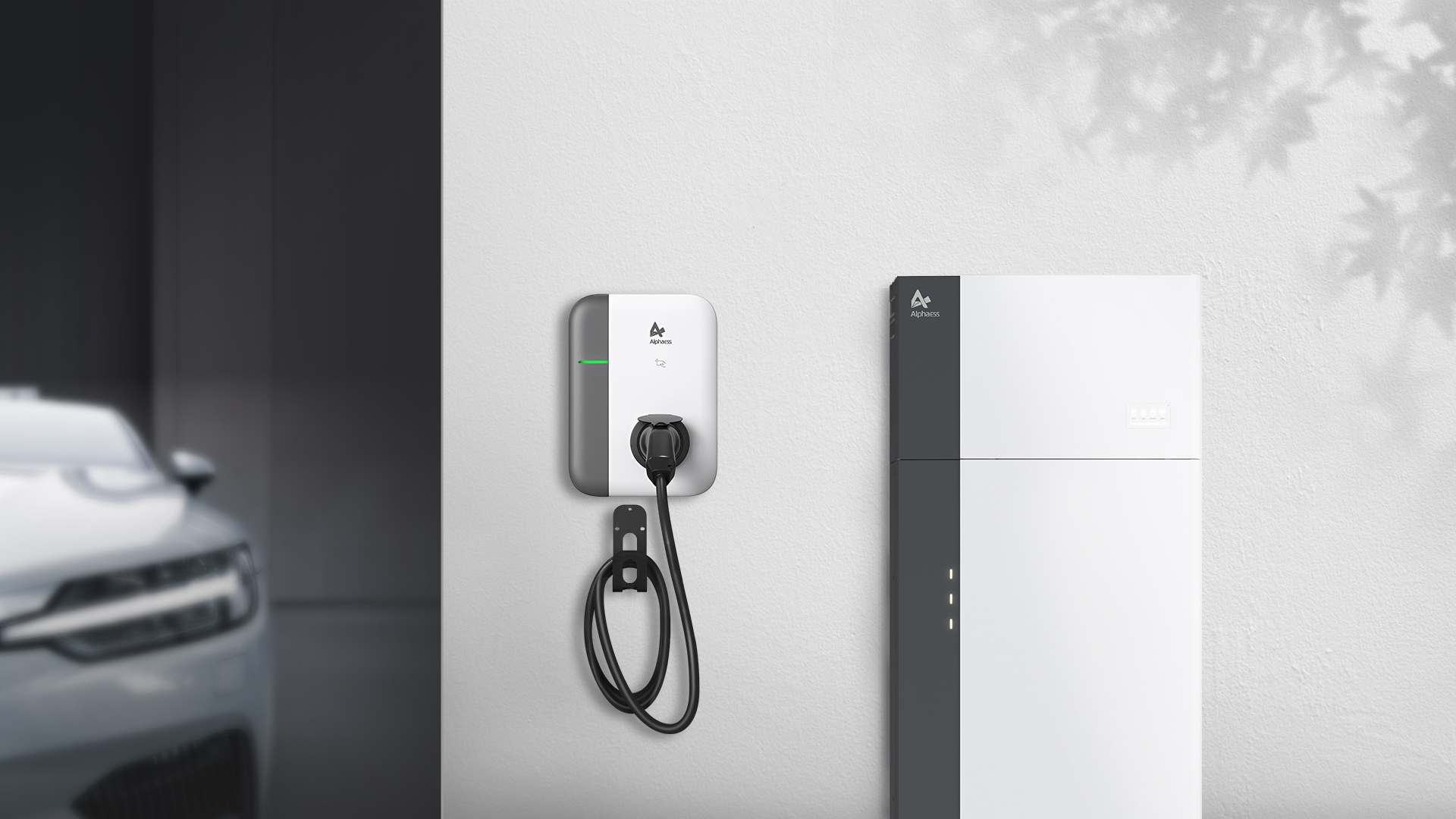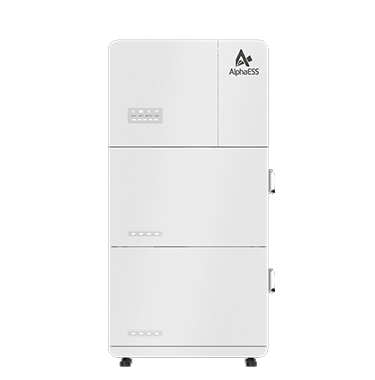Optimizing EV Charging Networks: How ESS Energy Storage is Revolutionizing the Experience
2023-06-21
The world is on a journey towards sustainable and renewable energy sources, and electric vehicles (EVs) are at the forefront of this paradigm shift. While EV adoption is on the rise, there's an urgent need to optimize the EV charging networks. They are the lifeblood of this new era of transportation, and their efficiency and reliability are critical to the EV user experience. One solution currently revolutionizing the EV charging scene is energy storage systems (ESS). But how exactly are these systems enhancing the EV charging networks? Let's delve into it.
The Power of Energy Storage Systems (ESS)
ESS energy storage systems are sophisticated technologies that store energy for later use. They are versatile, capable of drawing energy from various sources, storing it, and then releasing it as needed. For EV charging networks, ESS proves to be a game-changer, offering unique ways to improve reliability, efficiency, and flexibility.
Optimizing EV Charging Networks with ESS
One of the significant challenges of outdoor EV charger networks is dealing with high power demands during peak usage times. Fast-charging stations, for example, require a lot of power quickly, which can strain the local grid. An ESS can alleviate this problem by storing energy during off-peak times, then releasing it during periods of high demand. This not only optimizes the use of resources but also prevents local grid instability.
Reducing Costs with ESS
Operating EV charging networks can be costly, especially during peak demand times when electricity prices are high. However, with an ESS in place, charging network operators can draw and store power during off-peak times when energy prices are lower. They can then use this stored power during peak times, helping to significantly reduce energy costs.
Improving Reliability and Resilience
Power outages can disrupt EV charging networks and inconvenience users. But with ESS, power can be stored and made available even during outages, ensuring that EV charging can continue uninterrupted. This greatly improves the reliability and resilience of the EV charging networks.
Supporting Renewable Energy Integration
ESS can store energy from renewable sources like solar or wind, which can be used later to power EV charging stations. This allows EV charging networks to be powered by clean, sustainable energy, further reducing their environmental impact.
As the EV market continues to grow, the demand for efficient and reliable EV charging networks is more significant than ever. Thanks to ESS energy storage systems, we are witnessing a revolution in the optimization of these networks. Through cost reduction, improved reliability, and support for renewable energy, ESS is pushing the boundaries of what's possible, providing a blueprint for the future of EV charging networks. The path to a greener and more sustainable future is indeed being paved, one EV charge at a time.
-

 BEWARE OF THE BRAND INFRINGEMENT OF ALPHAESS
BEWARE OF THE BRAND INFRINGEMENT OF ALPHAESS2022-11-11
-

 NSW Battery Incentives: A Big Opportunity for Homeowners!
NSW Battery Incentives: A Big Opportunity for Homeowners!2024-12-10
-

 Optimizing EV Charging Networks: How ESS Energy Storage is Revolutionizing the Experience
Optimizing EV Charging Networks: How ESS Energy Storage is Revolutionizing the Experience2023-06-21
-

 ESS Energy Storage: Powering a Sustainable Future for Homes and Businesses
ESS Energy Storage: Powering a Sustainable Future for Homes and Businesses2023-06-08



































